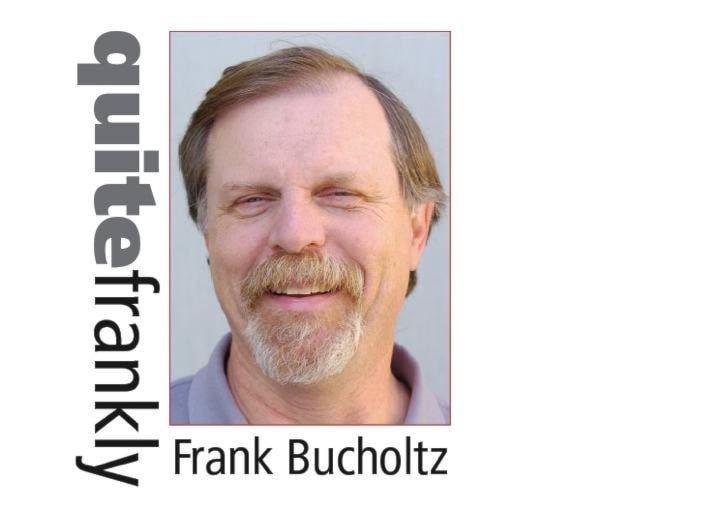Ten years ago, many observers felt that the events of Sept. 11, 2001 would lead to massive border jams for years to come, as the United States would adopt a bunker mentality, even when it came to their long-time neighbours and friends in Canada.
As a former customs officer, I took particular interest in this issue. In my days at what was then called Canada Customs, in the 1970s, our main order from above in Ottawa was to “move the traffic.” Security issues were almost non-existent, and the few people who received further questioning at the border usually invited such treatment.
The border had already thickened noticeably by the 1990s, but much of that was due to volume. Pacific Highway, where I worked for three years, became much busier as the major commercial port of entry in B.C. The free trade agreement had a lot to do with that, as did a generally strong economy.
There was also a period in the early 1990s where the Canadian dollar was closer to par than it had been for years, and that boosted shopping trips and travel to the U.S. That same trend is evident today, as the Canadian dollar is actually slightly more valuable than the U.S. dollar.
By 2001, border procedures had become more time-consuming. Part of that was due to increased vigilance in the U.S. after Ahmed Ressam was intercepted in Port Angeles in December, 1999, coming off a ferry from Victoria.
He had a trunkload of explosives. These were to be set off in a major west coast city, likely Seattle or Los Angeles. Ressam had attended jihad school in Afghanistan the previous year, under the direction of Osama bin Laden.
However, the Sept. 11 attacks set off a new round of security tightening at the border, which continues to this day. But ironically, there have been a number of good things to come out of this increased security drive.
In the trucking industry, a system called FAST (Free and Secure Trade) allows drivers to be pre-screened for expedited entry. A similar system known as NEXUS is available for frequent car travellers at the border.
Canada Border Services is also setting up a system known as eManifest, which will provide electronic data about truck cargoes to the agency before the truck reaches the border. This too will expedite matters.
The Canadian and U..S. governments are also close to announcing other changes to expedite border crossings.
For those who cross the border on a casual basis, there are more requirements than there used to be. A passport or enhanced driver’s licence is necessary to cross the U.S. land border, and passports are virtually a necessity if you are entering the U.S. by any other means. However, the information contained in a passport makes processing at U.S. border points simpler than it used to be.
Surrey’s two border crossings are the busiest in Western Canada. In terms of line-ups at the border today, almost all of that is due to the volume of travellers crossing the border, not security requirements.
The U.S. has every right to tighten its security and do all it can to prevent terrorists like Ressam from entering.
Those with nothing to hide have little to fear.
newsroom@langleytimes.com
